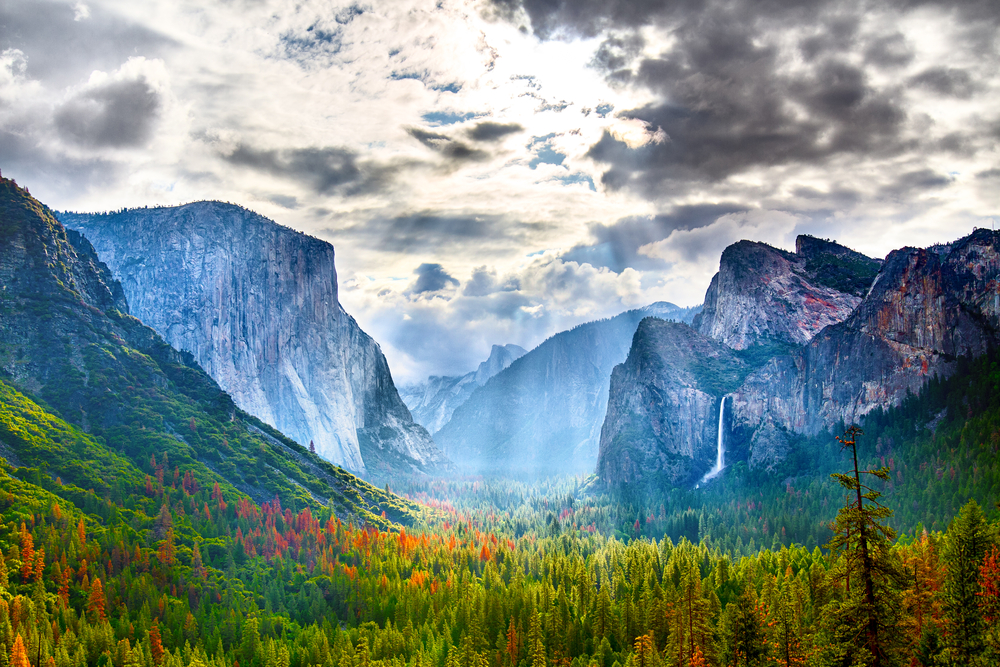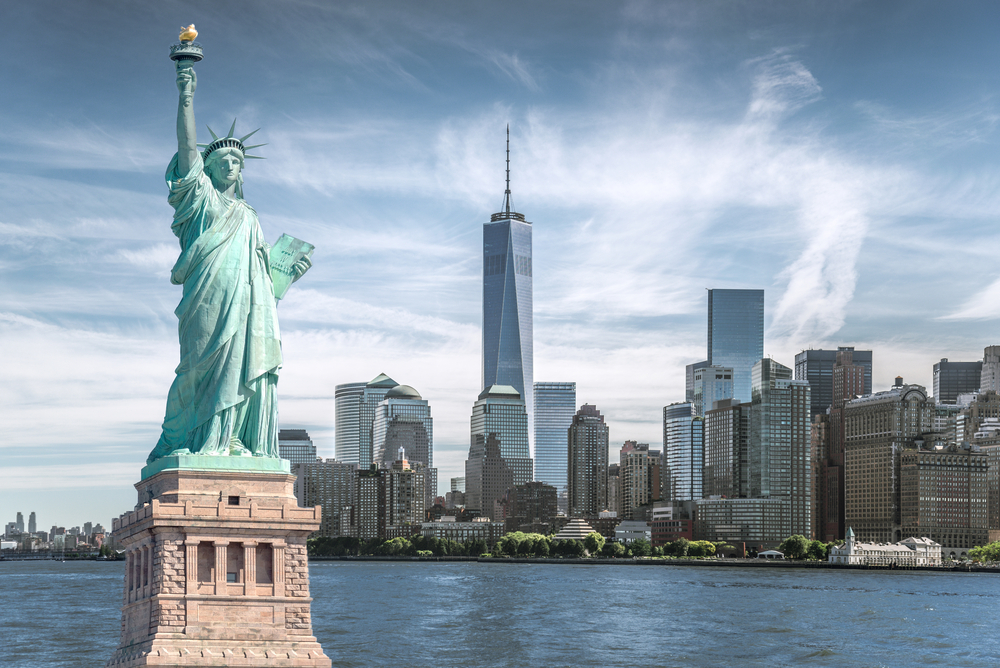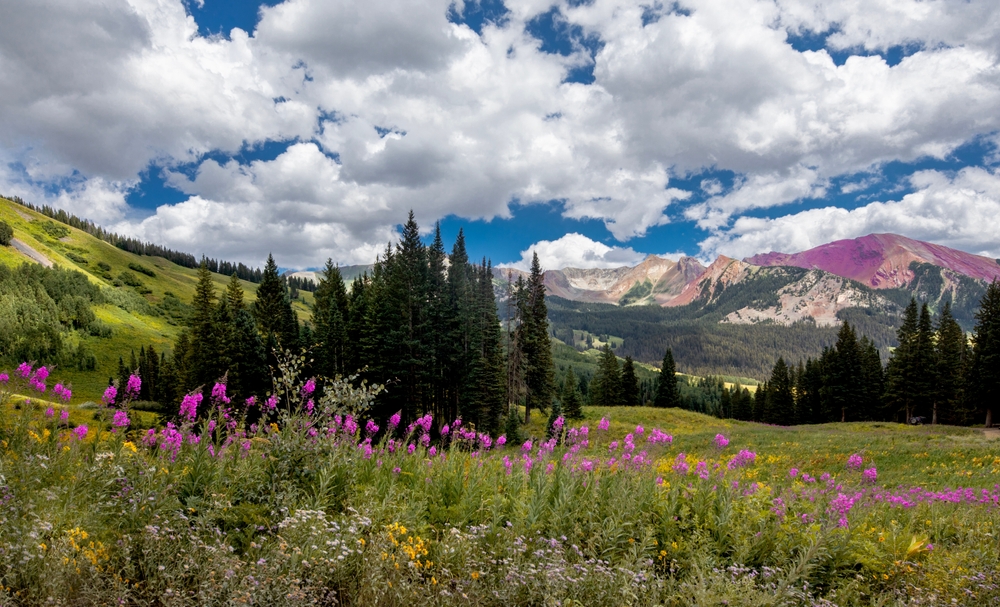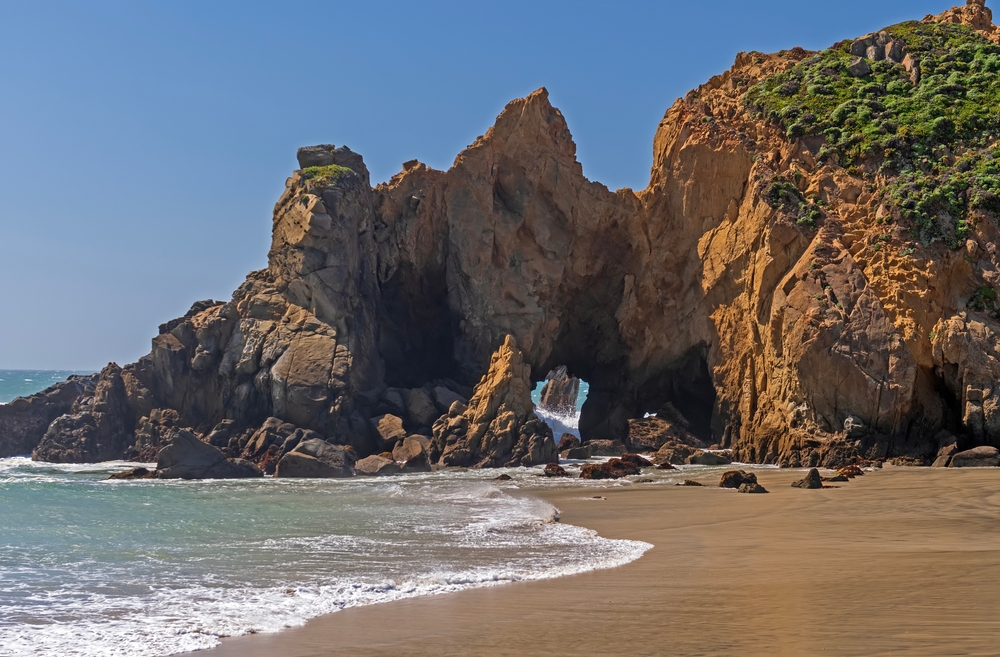If you’ve spent much time outside, you’ve likely spent time on public land. For those unacquainted with the term, “public land” may conjure images of a remote wilderness. However, the reality is often more nuanced. America boasts a vast and diverse landscape that is preserved and celebrated through its extensive network of public lands. From the towering peaks of majestic national parks to the serene beauty of state parks and local green spaces, these lands serve as a testament to the nation’s commitment to preserving natural wonders and providing recreational opportunities for all. This post is an introduction to the unique characteristics of these public lands, including national parks, national monuments, national forests, state parks, and local parks.
National Parks: America’s Grand Masterpieces

When one thinks of America’s public lands, national parks often come to mind first. These iconic destinations are known for their unparalleled beauty, diverse ecosystems, and awe-inspiring landscapes. The National Park Service (NPS) oversees these treasures, ensuring their conservation and accessibility for generations to come. The National Park system was established with the goal to preserve unimpaired these unique natural and cultural resources for the enjoyment, education, and inspiration of the present and future generations. Put simply, the National Parks are all about preserving landscapes in their natural element, which often leads to a restriction on development and recreational activities.
Each national park is unique, showcasing distinct geological features, flora, and fauna. Grand Canyon National Park, for example, is renowned for its breathtaking canyon carved by the Colorado River over millions of years. The park offers hiking trails that lead to panoramic viewpoints, allowing visitors to marvel at the vastness and complexity of this natural wonder.
Great Smoky Mountains National Park, on the other hand, is distinguished by its forests and mist-covered peaks. This park, straddling the border between North Carolina and Tennessee, is a haven for biodiversity, housing an incredible variety of plant and animal species. It is also the most visited National Park in America.
Overall, there are over 63 designated National Parks, ranging from the towering peaks of Denali in Alaska to the vibrant coral reefs of Dry Tortugas in Florida.
National Monuments: Preserving Culture

While national parks emphasize natural wonders, national monuments focus on preserving historical and cultural landmarks. Designated by presidential proclamation or congressional action, these areas serve as testaments to the nation’s heritage, honoring the people and events that have shaped its history.
The Statue of Liberty is a national monument and a symbol of freedom and democracy. It not only celebrates the welcoming spirit of America but also offers visitors panoramic views of the city skyline.
Muir Woods National Monument, nestled in Northern California, is a tribute to conservationist John Muir. This redwood forest sanctuary allows visitors to wander among towering trees, some of which are over 1,000 years old, and experience the tranquility that Muir so passionately advocated.
National Historic Sites: Preserving History and Heritage
National Historic Sites are also managed by the National Park Service. Their mission is to preserve and interpret places of historical importance, providing a lens into the nation’s cultural heritage. These sites, such as the Wright Brothers National Memorial in North Carolina or the Harriet Tubman National Historical Park in Maryland, serve as living classrooms where visitors can connect with pivotal moments in history.
National Recreation Areas: Bridging the Gap to Recreation
Also managed by the National Park Service, National Recreation Areas, such as the Lake Mead National Recreation Area in Nevada, bridge the gap between conservation and outdoor enjoyment, featuring vast water bodies, hiking trails, and recreational activities.
National Forests: Balancing Conservation and Resource Management

National forests represent a harmonious blend of conservation and resource management. These vast expanses of public land, managed by the U.S. Forest Service, are crucial for sustaining ecosystems, providing recreational opportunities, and supporting industries like timber and mining. They are also oftentimes significantly less busy than National Parks, while offering comparable scenic views.
The Tongass National Forest in Alaska is the largest national forest in the country, encompassing glaciers, mountains, and coastal rainforests. It serves as a prime example of the delicate balance between conservation and resource utilization, with strict regulations in place to protect its unique ecosystems.
In contrast, the Allegheny National Forest in Pennsylvania is known for its lush woodlands and diverse wildlife. Visitors can explore miles of hiking trails, fish in pristine streams, and appreciate the interconnectedness of nature and responsible land management.
And then there is Ocala National Forest, located in central Florida. Encompassing over 600 square miles, Ocala National Forest is a sprawling expanse of pine scrub, natural springs, cypress swamps, lakes, and dry prairie, creating a mosaic of habitats that supports an incredible array of wildlife.
Another notable feature of National Forests is the abundant and diverse recreational opportunities. These activities include backpacking, horseback riding, driving off-road vehicles, hunting, fishing, kayaking and backpacking. Then there are the wintertime activities such as skiing, snowshoeing and snowmobiling. In fact, the National Forest System provides Americans with nearly 150,000 miles of trails to hike, 4,000 miles of wild and scenic rivers to float, 9,000 miles of scenic byways to drive, and 5,100 established campgrounds!
State Parks: Treasures for Recreation and Education

State parks offer a more localized experience specific to an individual state. Managed by state governments, these parks provide communities with accessible outdoor spaces for recreation, education, and relaxation. Each state park carries its own distinct cultural and ecological identity, reflecting the unique landscapes and history of its region.
California’s Pfeiffer Big Sur State Park captivates visitors with its rugged coastline, towering cliffs, and ancient redwood groves. Hiking trails provide stunning views of the Pacific Ocean, and campers can fall asleep to the sounds of crashing waves.
In Texas, Palo Duro Canyon State Park showcases the beauty of the state’s iconic landscapes. Often referred to as the “Grand Canyon of Texas,” the park features vibrant canyons, mesas, and hoodoos that tell the geological story of the region.
Closer to home for me in central Florida lies Lake Louisa State Park. This park revolves around it’s namesake, the 3,100 acre Lake Louisa. However, in addition to boat tours, kayaking and boating, it also offers horseback riding, backpacking, glamping, birding, bicycling, and geo-seeking.
Local Parks: Community Green Spaces for Everyone
At the heart of our communities, local parks serve as essential green spaces that foster recreation, social interaction, and a connection to nature. These parks, managed by municipalities, come in various sizes and designs, catering to the diverse needs and preferences of local residents.
Central Park in New York City, an iconic example of a large urban park, offers a refuge from the bustling city. With its meandering pathways, lush lawns, and picturesque water features, Central Park provides a haven for both residents and tourists alike.
Smaller local parks, such as City Park in New Orleans, provide intimate settings for picnics, family gatherings, and outdoor events. These spaces contribute to the well-being of urban communities by offering a place to unwind and appreciate the beauty of the outdoors.
The best part of these local parks? You don’t have to go very far to visit them. Most folks who live in urban areas are just a short walk or drive away from visiting these green spaces.
America’s public lands form a tapestry of natural wonders, cultural landmarks, and community spaces that cater to a diverse range of interests. Whether exploring the grandeur of national parks, delving into the nation’s history at national monuments, engaging in recreational activities in national forests, enjoying the local charm of state parks, or finding solace in community parks, each type of public land contributes to the rich mosaic that defines the best part of America.